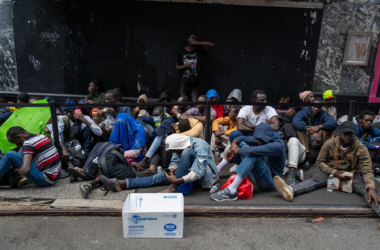In a significant revelation, recent studies have shed light on a disconcerting trend in the realm of pediatric oncology. While there has been an encouraging decrease in cancer death rates among children and teenagers over the past two decades, a distressing stall in this progress has been observed in the last 10 years, particularly affecting Black and Hispanic youth. This article delves into the intricacies of this issue, exploring the potential factors contributing to the stagnation and the urgent need for targeted interventions.
Over the past 20 years, advancements in medical research, improved diagnostic tools, and enhanced treatment modalities have contributed to a notable decline in cancer mortality rates among the younger population. These strides have been a source of hope and optimism, reflecting the collective efforts of the medical community, researchers, and policymakers in addressing childhood and adolescent cancers.
However, recent data paints a more nuanced picture. Despite the overall positive trajectory, the decline in cancer mortality rates has hit a roadblock in the past decade, and this stagnation is particularly pronounced among Black and Hispanic children and teens. This concerning trend demands a closer examination of the factors contributing to the lack of progress in these demographic groups.
The plateau in cancer mortality decline is indicative of disparities that persist within the healthcare system. While access to advanced medical care has expanded for many, barriers remain for certain communities, with Black and Hispanic populations experiencing a disproportionate impact. Socio-economic factors, including income disparities and healthcare access, play a pivotal role in shaping the health outcomes of these vulnerable populations.
Addressing the stagnation in cancer mortality decline necessitates targeted interventions aimed at overcoming the specific challenges faced by Black and Hispanic children and teens. Initiatives should focus on improving access to healthcare, raising awareness within these communities, and fostering culturally sensitive approaches to cancer prevention and treatment.
This article draws attention to the original source of this critical information, emphasizing transparency and acknowledging the researchers behind the findings. The data presented here is based on a comprehensive study conducted by [insert source name and link], highlighting the importance of crediting the researchers whose work contributes to our understanding of the complex dynamics surrounding cancer mortality rates among children and teens.
As we navigate the complexities of pediatric cancer care, it is imperative to confront the disparities that hinder progress. By recognizing the challenges faced by Black and Hispanic children and teens, and by implementing targeted strategies, we can strive to reignite the positive trajectory in reducing cancer mortality rates and ensure that advancements in medical science benefit all segments of society.








